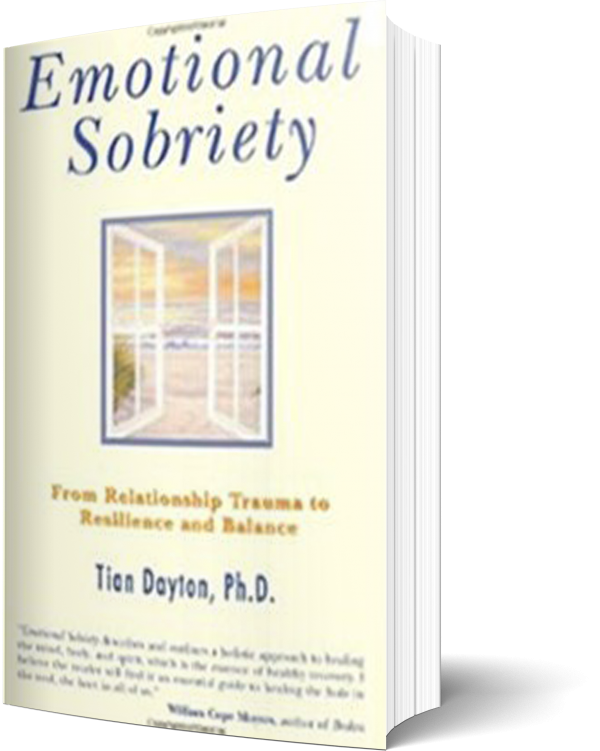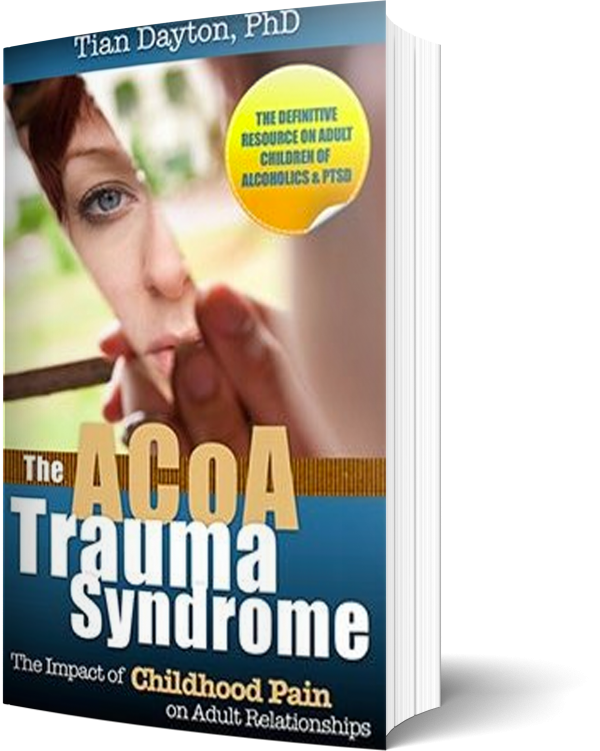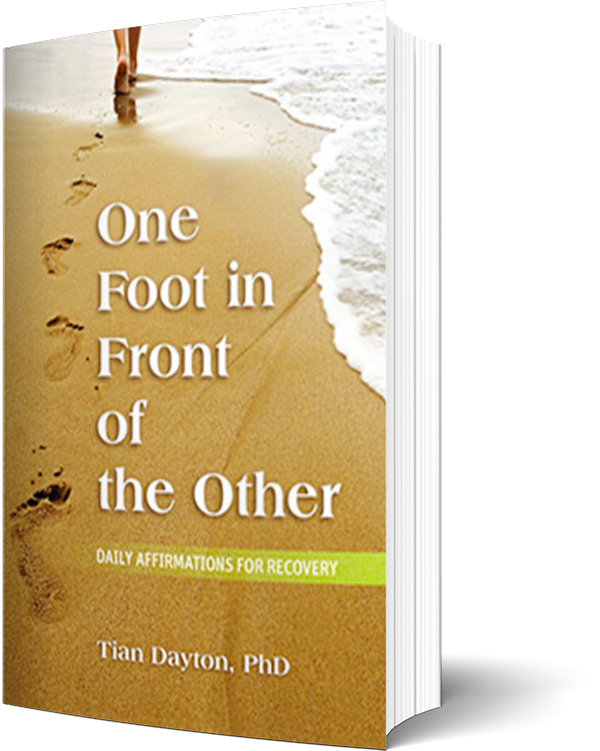“Most of us start off the new year with a commitment to change or want to fix some troubling aspect of our lives,” reflects William Moyers VP of Relations at Hazelden. But, “for millions of Americans who woke up with a hangover on January first and vowed to quit drinking or taking drugs, their resolve this year comes with an unprecedented resource: their own health insurance.” The recognition that mental health problems are finally understood to have the same if not more impact on things like quality of life, job performance and relationship health is an idea whose time has finally come.
Beginning this week, says Moyers, “people with employer-sponsored group health plans plans are required to match the financial benefits for mental illness and addiction like they do for all other medical or surgical benefits, including out-of-pocket expenses, deductibles and co-pays.” Named for the U.S. senators who sponsored it, the late and loved Paul Wellstone and Pete Domenici, the parity act, “eliminates discrimination by insurance companies by expanding access to treatment for people who want to use their coverage to get help for addiction to alcohol or other drugs, as well as depression, eating disorders and other mental illnesses.”
Thanks to a more enlightened senate and congress, or maybe just a more honest one, mental health and addiction can come out of the closet as disorders that need and deserve the same sort of organized and aggressive treatment as say a spreading cancer, because that is just what they are.
Here are some statistics from the U.S. Substance Abuse and Mental Health Services Administration SAMHSA, that help to paint a picture of the pervasive and invasive impact of addiction and mental illness on our culture:
- One of every eight Americans has a significant problem with alcohol or drugs, with 40 percent of the group having a “dual diagnosis,” or concurrent mental/nervous disorder
- Approximately 27 million Americans either use illicit drugs regularly or are “heavy drinkers.” Of these almost 16 million are estimated to need immediate treatment
- By age eighteen, almost 12 percent of all young people are illicit drug users
- An untreated alcoholic’s medical costs are approximately 300 percent higher than non-alcoholic’s medical costs;
- Approximately 70 percent of illegal drug users are employed and contribute significantly to workplace absenteeism, accidents and injuries, decreased productivity, increased insurance expenses, employee turnover costs and on-the-job violence
- The estimated annual direct cost to our society resulting from substance abuse is more than 250 billion dollars
- It is generally accepted that chemical dependency, along with associated mental health disorders, has become one of the most severe health and social problems facing the United States.Let’s hope that this new legislation helps these countless millions, those who live daily with mental illness and addiction and the family members who carry their pain … sometimes for generations, to find the hope and healing that will break the chain of addiction.





